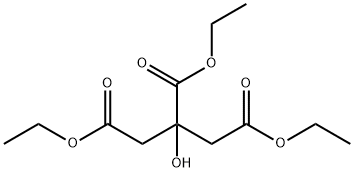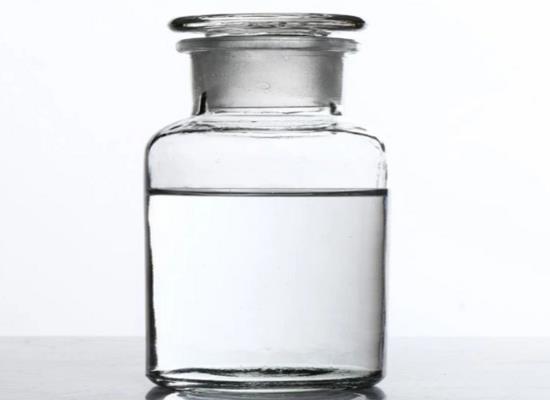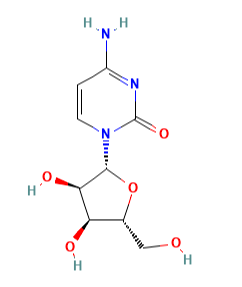The synthesis of triethyl citrate
Introduction
Triethyl citrate is a plasticizer of adhesive and sealant, with molecular formula of C12H20O7. It has strong solubility and good compatibility with many resins. The products plasticized with it have good oil resistance, light resistance and mildew resistance. The solubility of triethyl citrate in water is 6.5 g / 100cm3 (25 ℃). Soluble in most organic solvents, insoluble in oils. It has good compatibility with most cellulose, polyvinyl chloride, polyvinyl acetate resin and chlorinated rubber[1].
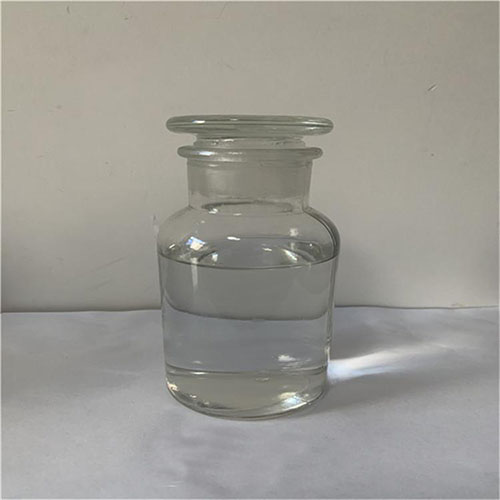
Picture 1 Triethyl citrate liquid
The synthesis of triethyl citrate from citric acid and n-butanol
Organic acid esters, produced by the reaction of organic acids and alcohols, can be entirely biorenewable or “green” chemicals that replace petroleum-based solvents. Triethyl citrate (TEC), synthesized via esterification of citric acid (2-hydroxy-1,2,3- propanetricarboxylic acid, herein (CA)) with ethanol and tri[1]butyl citrate, synthesized via esterification of CA with n-butanol, are such “green” solvents that are finding expanded uses as nontoxic plasticizers, medical products, printing ink coatings, cosmetics, etc. These biodegradable materials are also suitable as food additives, including whipping agents for dried egg whites, food flavorings, or food packaging materials. Citrate esters rapidly metabolize in the body via liver and blood serum enzymes to liberate the citrate ion, which is disposed through the usual biochemical pathways. Citric acid esterification with ethanol to form TEC proceeds sequentially through a series-parallel reaction scheme involving monoethyl citrate (MEC) and diethyl citrate (DEC), as described in our recent paper1 characterizing CA esterification kinetics. Prior information on the kinetics of CA esterification with ethanol or n-butanol is confined mainly to the Chinese and German patent literature and is detailed in our earlier work.1 The esterification of CA is a thermodynamically limited reaction and, thus, proceeds only to partial completion in a conventional reactor. Continuous removal of one of the products of the reaction mixture is therefore required in order to drive the reaction to completion. We propose to do this using continuous reactive distillation.
The synthesis of triethyl citrate from citric acid and ethanol
A continuous reactive distillation process is proposed for the synthesis of triethyl citrate from citric acid and ethanol in the presence of macroporous Amberlystion-exchange resin catalyst. The process design, developed using ASPEN Plus simulation software, is based on laboratory kinetic and thermodynamic studies and pilot[1]scale reactive distillation experiments. Pilot-scale experiments were carried out in a 5-m glass reactive distillation column; catalyst effectiveness was then determined from ASPEN Plus simulation of pilot-scale experiments using a user-written reaction kinetic module based on activity coefficients. Because citric acid esterification kinetics are slow, complete conversion could not be obtained in the pilot-scale column. Using parameters determined from simulation of a pilot-scale column experiment, design of a reactive distillation column to completely convert citric acid to triethyl citrate was carried out. Optimum column performance occurs at low reflux ratios (L/D < 0.1) to avoid water reintroduction and at moderately elevated pressure (2.5 bar) to increase temperature and enhance kinetic rates without leading to product degradation. The effect of ethanol feed position and values of reflux and boilup ratios were also examined. A large number of reactive stages is required because of the slow reaction of diethyl citrate to triethyl citrate. As a final step, the design of a complete commercial-scale process to produce 25 million lbs/y triethyl citrate, with the reactive distillation column as the core component, was carried out. Three different process schemes were examined. In the first scheme, only a reactive distillation column is used. The second uses a prereactor followed by a reactive distillation column. In the third and preferred scheme, a prereactor followed by a simple distillation column to remove water is placed ahead of the reactive distillation column. In each configuration, triethyl citrate product yield is maintained above 98.5 wt %, with the main byproduct being diethyl citrate. Comparison of stream compositions and equipment design parameters is provided for the three schemes considered.
Reference
1 Johnson Jr W. Final report on the safety assessment of acetyl triethyl citrate, acetyl tributyl citrate, acetyl trihexyl citrate, and acetyl trioctyl citrate[J]. International journal of toxicology, 2002, 21: 1-17.
You may like
Related articles And Qustion
See also
Lastest Price from Triethyl citrate manufacturers
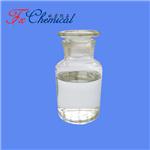
US $0.00/KG2025-04-21
- CAS:
- 77-93-0
- Min. Order:
- 30KG
- Purity:
- 99%min
- Supply Ability:
- 30tons/month

US $120.00/kg2025-04-21
- CAS:
- 77-93-0
- Min. Order:
- 1kg
- Purity:
- 0.99
- Supply Ability:
- 1000000
